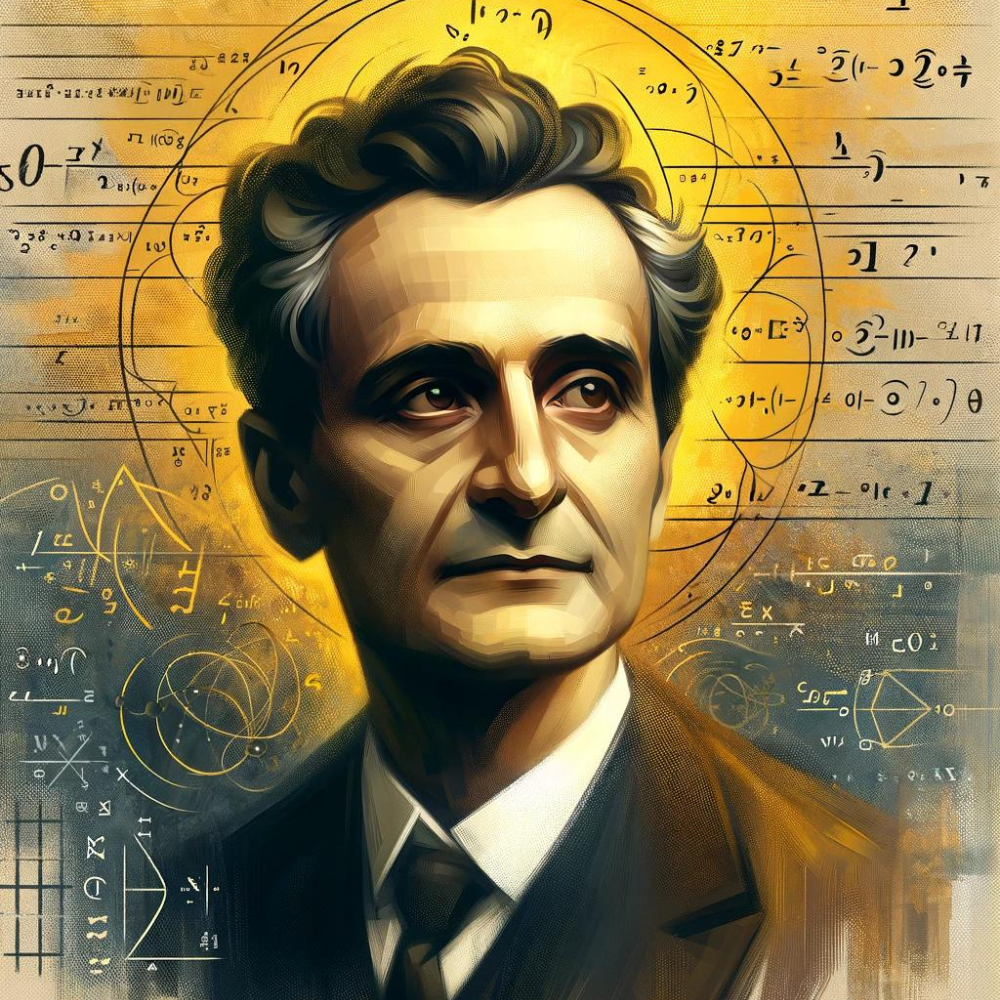
Giuseppe Peano was born in 1858 in a hamlet of Cuneo. It is said that, as a boy, he had to walk many kilometers every day to go to school, as is still typical today in many parts of the world. He then continued his studies in Turin thanks to his maternal uncle who recognized his talent. He graduated in mathematics from the University of Turin in 1880, where he then taught for many years.
He worked on logic, language, and various branches of mathematics.
Peano is credited with introducing various logical symbols now commonly used: ∃ for the existential quantifier, ∪ for the union of two sets, and ∩ for the intersection. We should also mention his attempt to create a universal language, namely Latin sine flexione, that is, a simplified Latin without the typical endings of classical Latin.
Today, Peano's axioms for arithmetic are spoken of all over the world, because Peano was made one of the first attempts to arrive at an axiomatic definition of natural numbers. In a completely different field, the Peano curve is famous, which has properties clearly contrary to intuition: although it is a continuous curve, it is so "dense" that it passes through all the points of a square.
It should be added that Peano was appreciated by the international community during his lifetime. For example, after an international conference in Paris, Bertrand Russell was to say that “in all discussions Peano and his followers possessed a precision that the others did not have”.
In his honor, an asteroid today bears his name.



 contains what is false for both players.
contains what is false for both players.